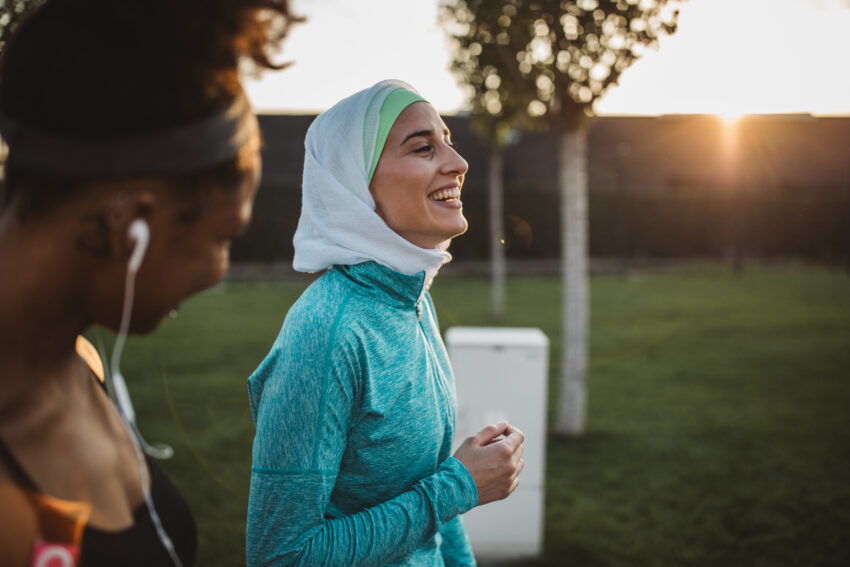Following the end of Ramadan, visual content resource iStock found that “more UK businesses are searching for content for advertising campaigns in support of ‘Ramadan’ and ‘Eid'”, which suggests businesses are looking for more diverse representation in their visual communications.
More diverse visual communications
They have found that “year on year iStock customers increased searches by 20% for visuals of ‘Ramadan’ and an increase of over 80% for searches of the traditional Arabic greeting ‘Eid Mubarak’.”
UK businesses are also doing more searches for visual content that represents the British Muslim community; where between 2019 to 2020, iStock saw “an increase in searches for visuals depicting ‘Muslim‘ (up by 83%), ‘Muslim Family’ (up by 77%), ‘Muslim Man‘ (up by 224%) and ‘Mosque’ (up by 31%).”
These findings go hand-in-hand with the movement among customers to buy from businesses that more realistically represent modern society, whether that be the diversity of internal teams or external visual communications such as using images featuring racially, ethnically, and culturally diverse people.
iStock research found that in the UK, “two-thirds (62%) of consumers say it’s important to them that the companies they buy from celebrate diversity of all kinds.”
According to iStock’s Visual GPS data, 80% of people worldwide said that business advertising has to go beyond featuring diverse people but must “do a better job at capturing people’s true lifestyles and cultures.” In other words, customers are becoming increasingly vocal in their dislike towards inauthentic or tokenistic advertising.
Jacqueline Bourke, Director, Creative Insights, EMEA, at iStock shares three tips on how to make advertisements truly diverse, inclusive and authentic:
1. Avoid tokenism
If your brand tells a consistent and committed story, it is more likely that your potential customers will engage. To do so, it is crucial not to be tokenistic in your approach but ensure you represent different communities throughout the year, not only at times of key religious or cultural events and not only in communications speaking specifically to those communities.
2. Be inspired by real life
To create truly authentic and inclusive imagery, visuals must represent the lived experience of your customers. Listening to your customers and understanding their needs is the best inspiration for creating visual content that is accurate and genuine in its representation. Show multidimensional lifestyles in the home, at school and work. Be intentional and show Muslims as bold leaders heading business meetings, adventurous explorers, and community members socialising with loved ones.
3. Consider these seven community characteristics
To create truly inclusive advertising, there are seven key communities we’ve outlined which should be considered. These are Race & Ethnicity, Gender, Sexual Orientation, Bodies, Ability, Age, and Religion. Keeping these seven communities and intersecting factors in mind when building your campaigns will ensure that no customer segment feels excluded.
To find images that better represent the global Muslim community(s), please click here.









